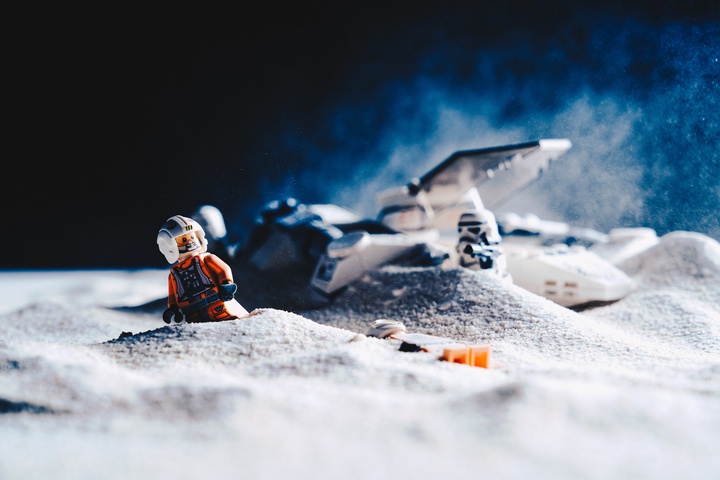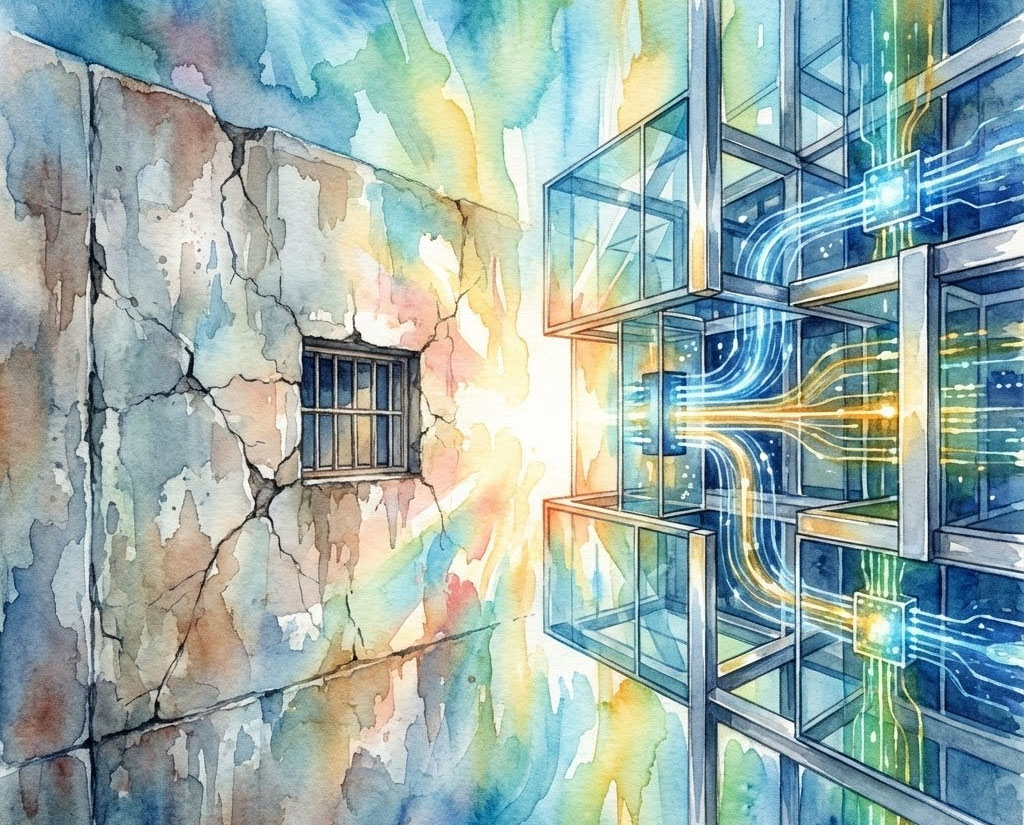
Back to the Moon
After a gap of over 50 years, NASA is sending people back to the moon under the Artemis program and they are calling for your help. Even with the massive reductions in launch costs driven by commercial providers, citizen science space innovation, crowdsourcing and other novel approaches, the cost per kilogramme for a moon-shot is still expected to be around $2000. With this in mind, NASA is looking for solutions from the crowd to miniaturize payloads as part of the critical preparatory missions. 14 teams were previously awarded by NASA for miniaturized payload designs and now have the chance to vie for a share of $800,000 in development funding and support. If you would like to apply to join one of the 14 teams, you can learn more about the vacancies here.
These miniaturized payloads are intended to conduct basic science to fill critical knowledge gaps on the lunar surface, including furthering our understanding of the lunar environment and available lunar resources. The first category of lunar resource to consider, and the category that is the focus of NASA’s latest challenge, is materials that can be used to support the mission, also known as In-Situ-Resource Utilisation (ISRU). While the focus of NASA’s latest challenge is on ISRU, the potential extends beyond this. The second category of lunar resources is highly valuable minerals and compounds that are so expensive on earth it is economically viable to mine them on the moon and take them back home. The third category of resource is not quite as tangible and comes from utilising the moon’s location and physical properties. Let’s look at each of these three categories in turn.
In-Situ Resource Utilisation (ISRU) on the Moon
There is no doubt that any long-term lunar mission will need to adopt ISRU to exploit lunar resources. The moon is actually an excellent source of building materials, water, fuel, oxygen and other useful resources but some of these are highly localised while others need to be processed before they can be used. While lunar regolith suitable for construction is found all over the surface, ice that can be used to produce fuel, oxygen and liquid water is only found in permanent shade such as in craters or at the poles. Some survey work has been conducted from orbiters and surface rovers, and experiments have been done on earth, but we don’t really know how ISRU will work in practice. There are so many resources like ice on the moon that could support thriving moon bases for decades and allow for the development of a lucrative lunar economy.
The Lunar Economy and Innovation in Mining Industry Practices
A thriving lunar economy will make off-world activity profitable and it will greatly expand the number of missions taking place and increase our knowledge of the moon and other bodies. There are some extremely valuable resources on the moon that could support such a lunar economy.
Helium-3 is one moon resource that is rare on earth but much more abundant on the lunar surface and could potentially be cheaper to mine from the moon. Helium-3 is a very attractive fuel for future nuclear fusion reactors. China, Russia and India have all expressed interest in sourcing lunar Helium-3 for use on earth. This would require some serious innovation in mining industry technology to develop suitable remote techniques, not to mention the development of economically viable fusion reactors, but the return on investment would be massive if a commercial Helium-3 reactor were ever built. One of the goals of near-future moon missions may well be to map Helium-3 deposits for future mining and exploitation. With a kilogramme of Helium-3 expected to fetch $3,000,000, the profits could be incredibly lucrative.
There are other valuable minerals on the moon. Rare Earth Metals (REM) are a good example with NASA already looking at innovation in mining industry technology for use on the moon. With REM becoming ever more important for modern electronics, batteries, renewables and electric motors, coupled with China’s virtual monopoly on earth’s dwindling supplies, the moon’s REM deposits start to look quite attractive. A mission to scout for large REM deposits on the moon would therefore be a great investment. Concentrations of the most valuable mineral and resource deposits may well drive the location of our future moon bases.
Location, Location, Location
With its low gravity, lack of atmosphere and convenience for launching deep space missions, the moon is a fantastic resource for everything from astronomy, to low gravity material production to a logistic node for a mission to mars. Detailed surveys are required to assess the best places to build lunar bases and these will also need to go sub-surface to ensure foundations will be stable and secure. We will also need to know if potential building areas are prone to ‘moon-quakes’, terrain instability, radiation bursts, electromagnetic interference or even meteorite strikes. None of this can be done effectively from orbit so surface rovers and probes will be required. The resulting database will undoubtedly be one of the most valuable resources for future missions. The current assumption is that the polar regions on the moon are the best places for bases but the race is on to find the best lunar real estate.
Calling All Citizen Science Space Researchers
The Artemis program will take these space exploration to the next level with new and exciting payload challenges. These new payloads will need to be smaller, cheaper and more innovative than ever before. With NASA planning on putting the first woman and the next man on the moon by 2024, new ideas and out-of-the-box thinking are required from the crowd now! Ideation, conceptual studies and even earth-based research are of course all essential precursors to exploiting the moon’s resources. However, at some stage it becomes necessary to physically explore and study the lunar surface and build an accurate picture of what resources are there and in what quantity. HeroX has a proud history in crowdsourcing for space exploration and the “Watts on the Moon” and Honey, I Shrunk the NASA Payload Challenge, The Sequel are currently open for submissions.








